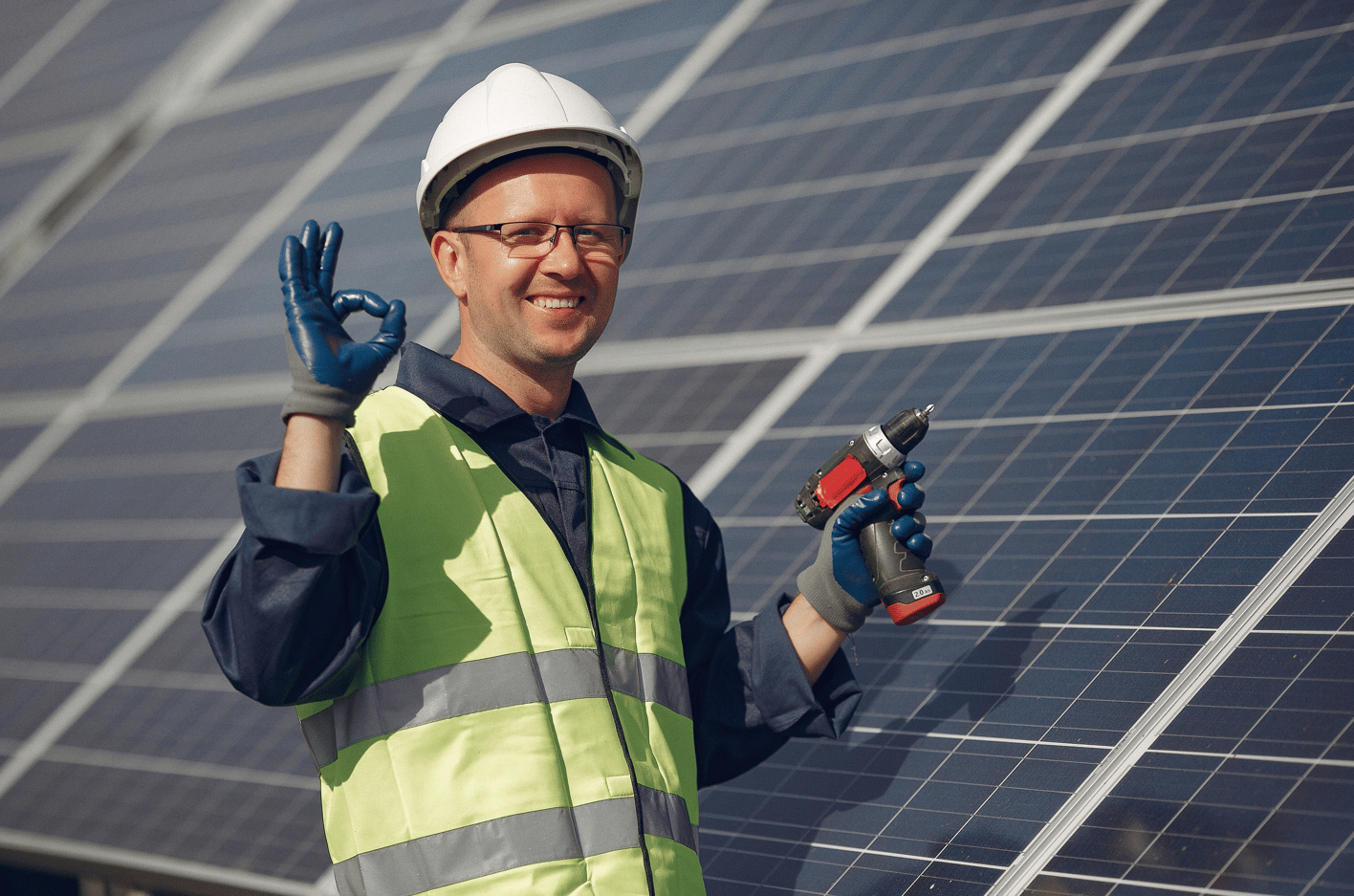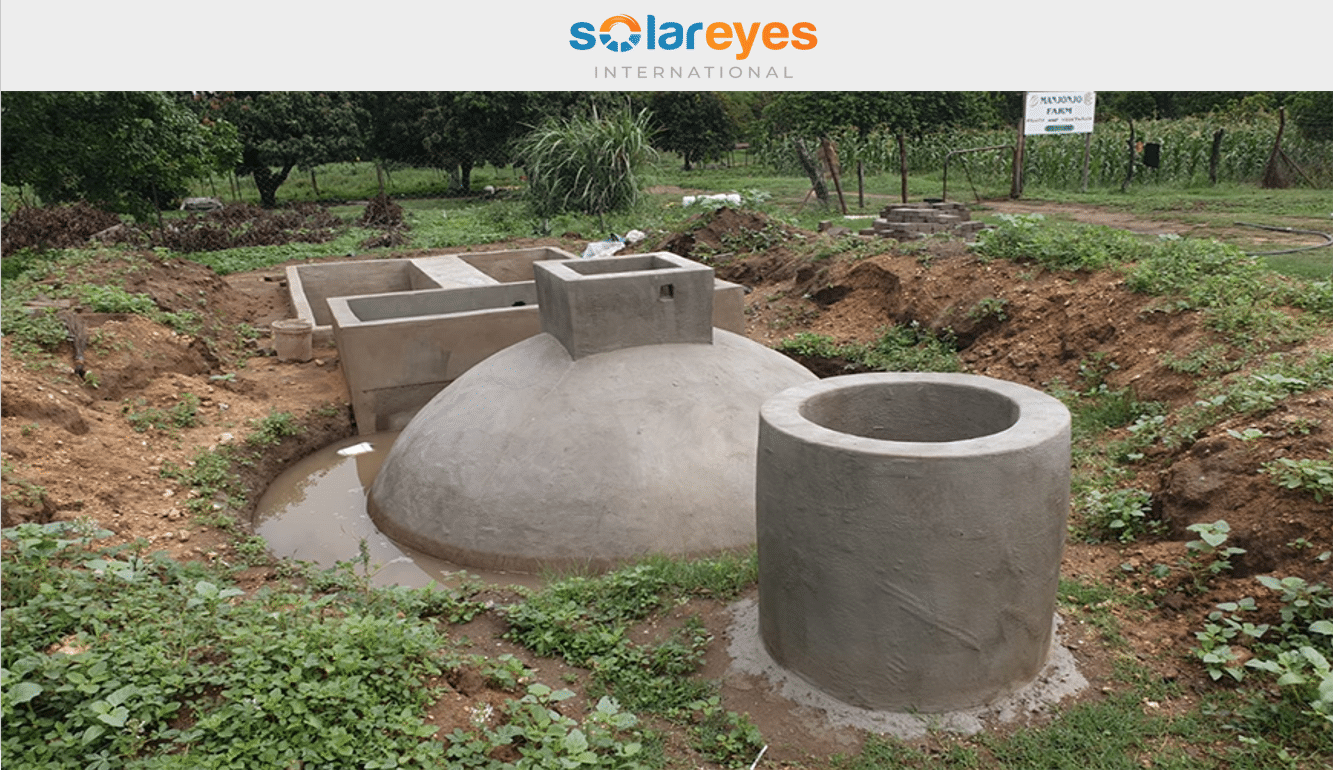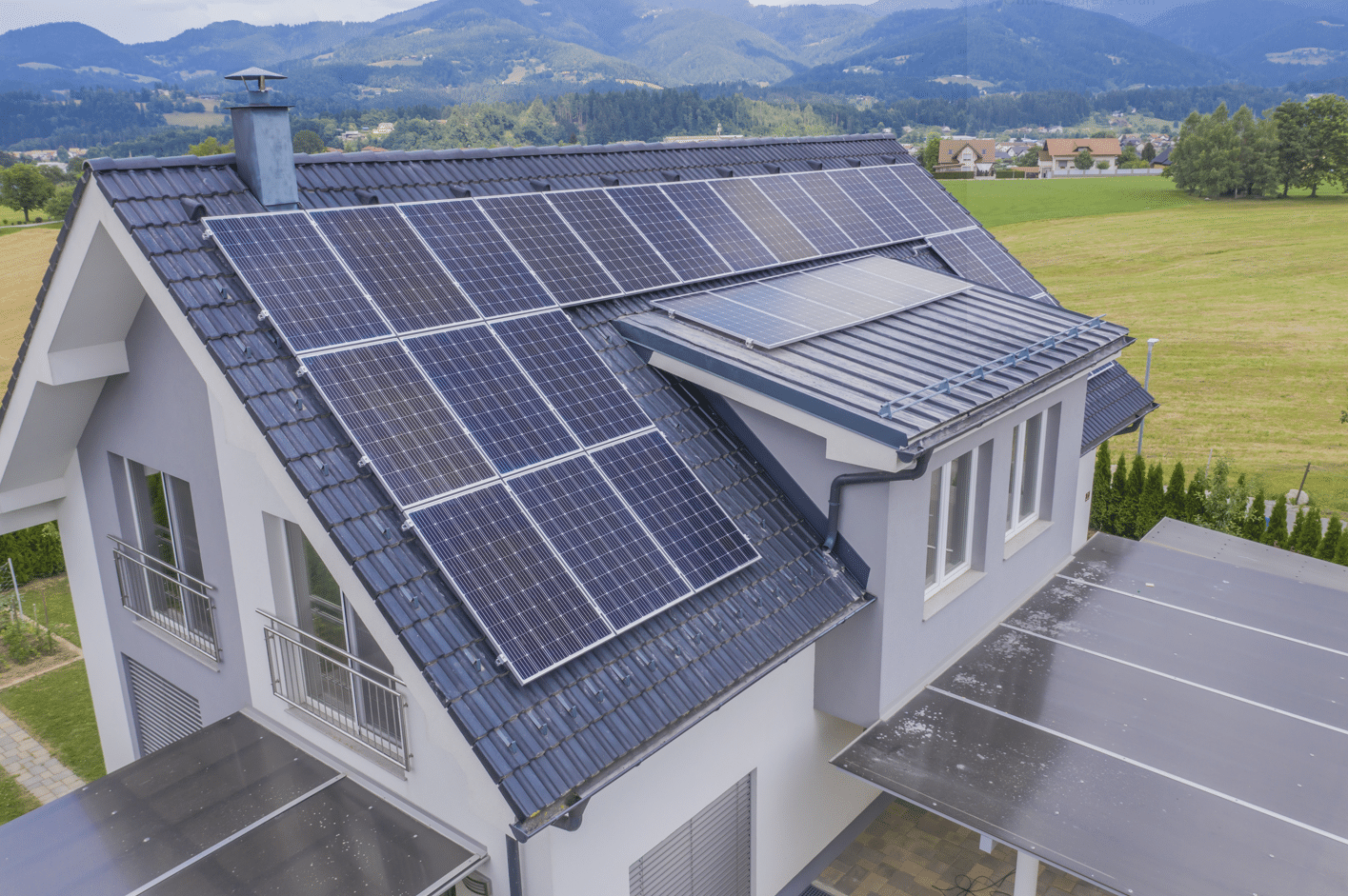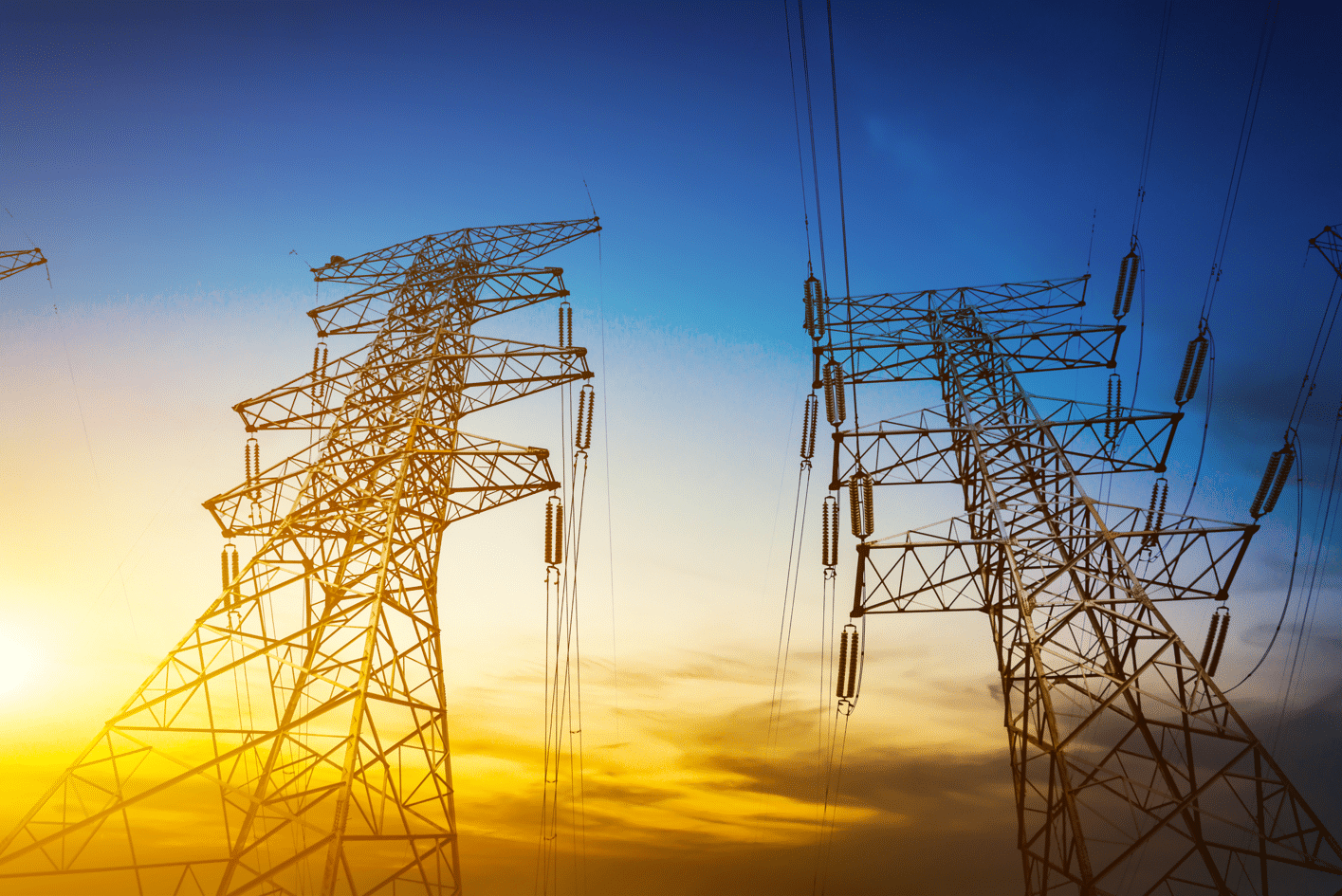Status of Solar Energy in North Macedonia
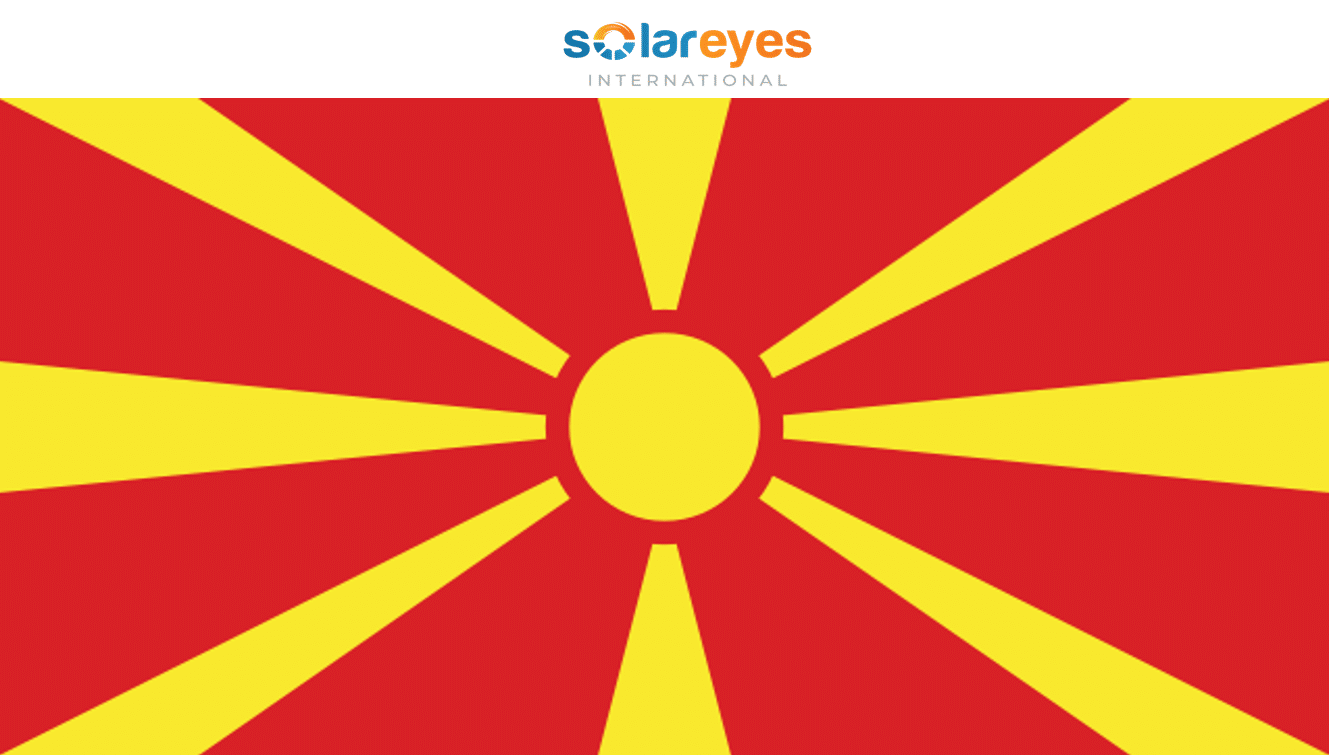
Solar energy, when it comes to energy transition is taking a huge role in the country of North Macedonia, located in the south-eastern part of Europe with population of around 2 million inhabitants.
Status of Solar Energy in North Macedonia
North Macedonia has around 280 sunny days per year due to its geographic location and climate, which offers the best conditions for the production of solar electricity. In the northern part of the country, the average daily radiation is 3.4 KWh/m2, while it is 4.2 KWh/m2 in the southwest.
The total installed electrical generation capacity in North Macedonia mainly consists of two thermal power plants which make up half of the production of electrical energy in the country, large hydropower plants, small hydropower plants for which are given around 100 locations with concession, combined cycle cogeneration power plant with natural gas ,wind park which contributes to only 2% of the produced electricity and solar power projects with construction permits reached over 400 MW in total.
With the Rulebook on renewable energy sources adopted by the Ministry of Economy, in accordance with the Law on Energy in 2019, prosumers are introduced as new participants in the market.
With this amendment, it is possible for every household and small consumer to sign a contract for the supply and delivery of excess electricity produced with any electricity supplier, whereby the excess of the undertaking electricity in the accounting period is the average purchase price of electricity that the universal supplier procures for domestic and industrial users.
Opportunities for Solar Energy Development in Europe
The new changes make it possible for a prosumer to install photovoltaics with a higher installed capacity in order to fully satisfy its consumption and also to place a large amount in the grid, which makes the whole concept more attractive for certain categories of entities.
Therefore, for domestic use instead of 4 kW of power, the installed power can be up to 6 kW and for industrial use instead of 20 kW the maximum allowed installed power is increased to 40 kW.
In order to encourage investment in renewable energy sources especially in solar energy, the Government with the proposal of the Ministry of Economy, adopted the Program for the Promotion of Renewable Sources of Households for 2022 which enables funds to compensate part of the costs for the purchase and installation of photovoltaic panels for households and by the proposal of the ministry of economy there is no need for the provision to which the municipality issues a decision for the installation of photovoltaic systems on the roof.
In 2022, more than 250 licenses were issued from the energy regulatory commission for the production of electrical energy using renewable sources with an installed capacity of 152 MW and solar energy accounted for 70% of it.
SOLAR PANEL LOSSES: All you Need to Know + Tips on how to avoid them
2023 started well for solar companies in North Macedonia where 26 new photovoltaic power plants with a capacity of 6 MW acquired licenses only in the month of January, which is a good indicator for a small country.
The largest photovoltaic facility in North Macedonia and the Western Balkans is 17 MW solar power plant, a subsidiary of Slovenian based company. With an estimated annual output of 25 GWh can supply the electricity needs of about 2800 households.
The implementation of this project brings stability and security to the power grid of the country and represents a good example for all the countries of Western Balkans that big projects like this one can be implemented to tackle the challenges of energy transition.
A good step for North Macedonia has been the proposal for the replacement of the thermal power plant Oslomej with a 120 MW PV plant on top of the now depleted lignite mine, 10 MW of which are already installed last year. This thermal power plant operated occasionally during winter months.
The European Bank for Reconstruction and Development (EBRD) is landing funds to ESM, the state-owned electricity company for the completion of this project. Once operational, the new facilities will produce enough to power 10,000 homes and replace 44,000 tonnes of CO2 per year.
The EBRD Loan, supporting the transformation of Oslomej power plant from lignite based to solar energy, represents a clear indication that the country is taking the right steps to implement a just transition process by ensuring the use of clean sources.
SOLAR PV MODULE MANUFACTURING PROCESS EXPLAINED – from solar cells to solar panel
In January 2020 the government adopted the new Energy Development Strategy 2020-2040 which elaborates three different scenarios: reference, moderate transition and green scenarios.
Discussions about modernization and implementation of new technologies to decrease the pollution from coal-based power plants have been going on for years now, but according to the Energy Strategy the phase out is considered.
In the transition scenarios developed in the strategy, in 2025, phase out of the biggest coal power plant Bitola which represents the base production of the country is recommended.
Additionally, the EBRD offered technical support in 2020 to support the regulatory and legal aspects of introducing renewable energy auctions in three renewable energy tenders with exposure to wholesale prices, for a combined 162 MW solar PV capacity, in support of decarbonization and meeting the nation’s renewable energy target.
In Summary
The country, whose capital Skopje was named one of Europe’s most polluted cities, aims to source 38 per cent of its electricity from renewable sources by 2030. The climate in this area is particularly conducive to the successful development of solar energy because of the high intensity and duration of solar radiation, temperature, and humidity.
With a continental climate, Republic of North Macedonia has a higher potential for solar energy use than an average European nation.
Considering the current energy crises, retraining and reskilling programmes for the personnel which hasn’t been contributing to the production via renewable sources before, support regional development and create new economic opportunities are considered as the right steps to accelerate the energy transition.
Solar Panels on Your Roof in South Africa? Here is How to Qualify for a Tax Rebate
Solar energy is helping in addressing sustainability in a competitive and affordable manner, through investments that will create high-quality jobs, while reducing air pollution and greenhouse gas emissions. The country’s decarbonization steps are moving forward to accomplishing the goal set for clean energy.
This article was written by Shqipe Asani who is a SolarEyes Contributor. More information about SolarEyes Contributors can be found on this link: https://solareyesinternational.com/solareyes-international-contributors/
FOLLOW US ON OUR CHANNELS
Follow us on LINKEDIN, FACEBOOK, TELEGRAM GROUP and WHATSAPP.
*** ALSO CHECK: ABBREVIATIONS IN THE SOLAR ENERGY SECTOR
HOW TO SIZE A SOLAR SYSTEM – 5 clear steps anyone can follow


